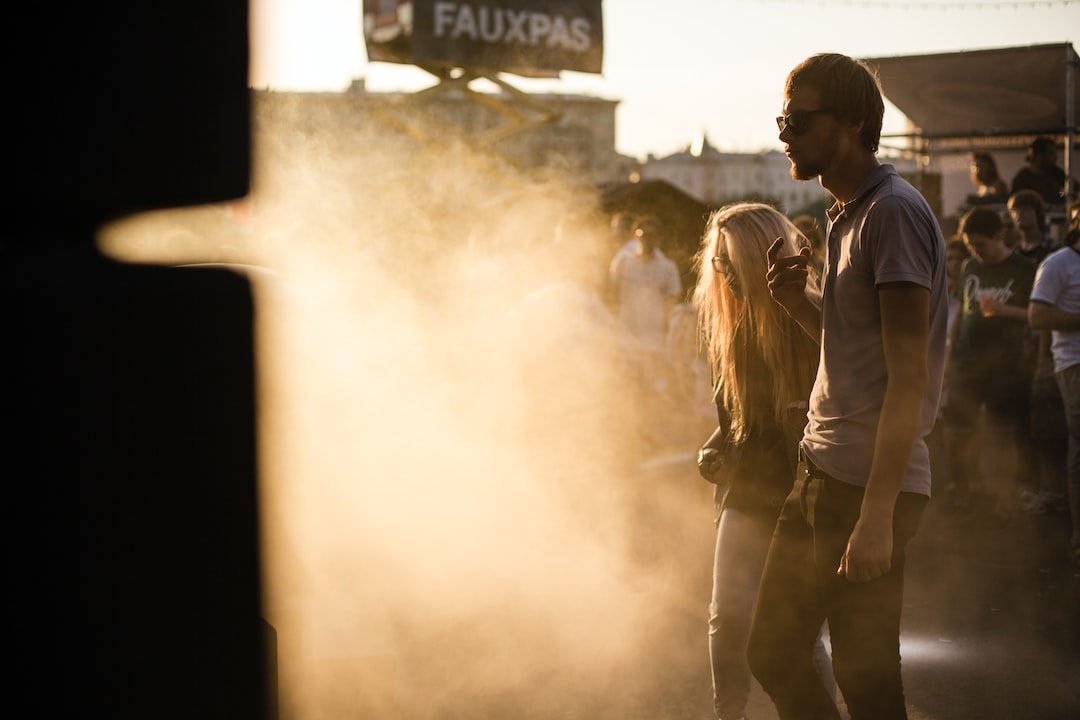Art is a fascinating realm that has captivated humanity since the dawn of civilization. It has constantly evolved, reflecting the spirit of different eras and leaving behind a rich tapestry of artistic achievements. From the Renaissance to the modern era, artists have pushed boundaries, challenged societal norms, and expressed their creativity in astonishing ways. Join me on a journey through time as we delve into the vibrant world of art and explore the contributions of Renaissance masters and modern innovators.
The Renaissance period, which spanned from the 14th to the 17th century, marked a remarkable turning point in the history of art. During this time, artists sought inspiration from classical Greek and Roman art, leading to a revival of interest in realistic representation and harmonious proportions. Masters like Leonardo da Vinci, Michelangelo, and Raphael emerged, showcasing their immense talent and technical prowess.
Leonardo da Vinci, often considered the epitome of the Renaissance polymath, was a true genius. His works, such as the iconic Mona Lisa and The Last Supper, exemplify his meticulous attention to detail, mastery of anatomical accuracy, and groundbreaking use of perspective. Da Vinci’s ability to capture the subtle nuances of the human form and convey emotions through his brushstrokes remains unmatched.
Michelangelo, known for his awe-inspiring sculptures and frescoes, left an indelible mark on the art world. The monumental statue of David, which stands at over five meters tall, showcases his ability to imbue marble with a sense of vitality and dynamism. The ceiling of the Sistine Chapel, arguably one of the most famous artistic achievements of all time, reveals Michelangelo’s exceptional skill in depicting the human body and storytelling through imagery.
Raphael, often described as the embodiment of grace and harmony, painted with a delicate touch that captured the essence of beauty. His masterpiece, The School of Athens, adorned the walls of the Vatican and depicted an illustrious gathering of ancient philosophers, symbolizing the importance of wisdom and intellectual pursuit.
Fast forward to the modern era, and we witness a radical departure from traditional artistic conventions. Artists began to experiment with new forms, materials, and ideas, embracing abstraction and pushing the boundaries of imagination. One such innovator was Pablo Picasso, whose groundbreaking style and cubist approach revolutionized the art world.
Picasso’s iconic painting, Les Demoiselles d’Avignon, shattered conventional notions of beauty and representation. His fragmented and distorted figures challenged viewers to question their perception of reality, marking a significant departure from the traditional techniques of the Renaissance masters.
In contrast to the clear delineation and precise brushstrokes of the Renaissance, modern artists like Jackson Pollock embraced spontaneity and gestural expression. Pollock’s drip paintings, such as Autumn Rhythm, showcased his unique technique of flinging and pouring paint onto canvases, allowing chance and unpredictability to shape the artwork.
As we explore the world of modern art, we cannot overlook the contributions of innovative artists like Salvador Dali, Frida Kahlo, and Andy Warhol. Dali’s surrealist paintings, characterized by dreamlike landscapes and melting clocks, challenge our understanding of reality and invite us into the mysterious recesses of the subconscious.
Kahlo, known for her introspective self-portraits and exploration of identity, used art as a powerful tool for self-expression and political commentary. Her intimate and often raw depictions of pain, love, and resilience continue to resonate with audiences today.
Warhol, the pioneer of pop art, elevated everyday objects and celebrities to the realm of high art. His bold and vibrant screenprints, such as the iconic Marilyn Diptych, explore themes of consumerism, celebrity culture, and the intersection of art and mass media.
From the Renaissance masters to the modern innovators, the world of art has expanded and transformed throughout history. Whether we are enraptured by the sublime beauty of da Vinci’s Mona Lisa or intrigued by the enigmatic allure of Warhol’s Marilyn, art continues to inspire, challenge, and transport us to new realms of creativity. So, let us never stop exploring the vast and ever-evolving world of art.

